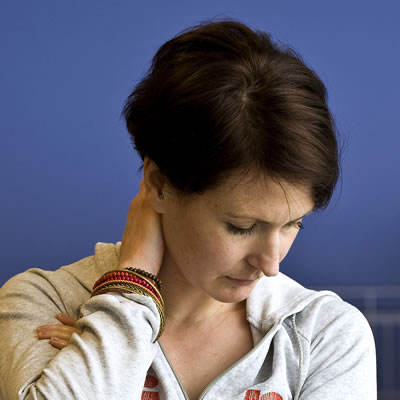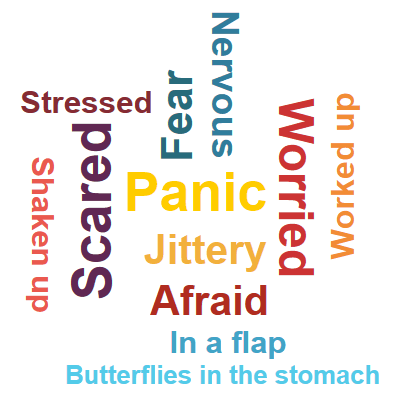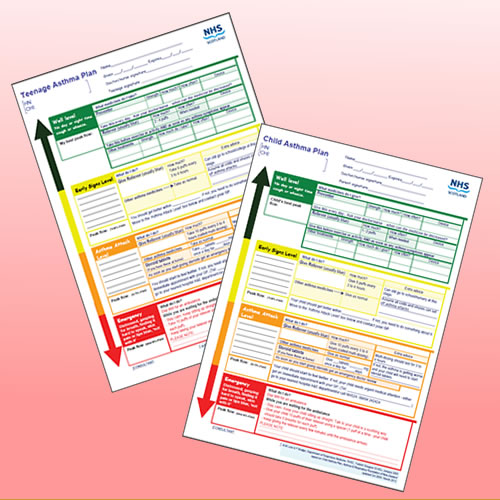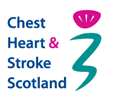Anxiety is an emotion which not only effects our bodies. It also impacts on your thoughts and what you do at these times (your behaviours).
View text alternative
Thoughts: What we think – When stressed or anxious your thinking can become very fixed on the problem or issue at hand.
You can struggle to see the bigger picture. This limits your ability to think clearly, find solutions, and make the best choices to support your self management.
A situation you may recognise is increased breathlessness even though you have not done any of the things which would normally make you breathless. You may find yourself thinking things such as “Oh I’m breathless….. Oh my god, I’m very breathless, I can’t cope with this, I don’t know what to do”.
This then can lead to a change in our emotions, our body and behaviour.
Emotion: How we feel – Being stressed or anxious can trigger further emotional change – worry, stress, anxiety, frustration, irritability, low mood being some of the emotions experienced. These emotional changes can be subtle or be sudden.
This can lead to a change in your thoughts, your body and behaviour
Physical change: How our body reacts – This anxiety response can be experienced in our bodies in many different ways:
- Heart
- Stomach
- Lungs
- Neck/shoulders
- Body/skin
- Legs
- Bladder/bowel
- Dry mouth
- Brain
This can lead to a change in our emotions, our thoughts and behaviour
Behaviour: What we do – Being stressed or anxious can affect what you do or your behaviour. You may stop doing things you enjoy or avoid situations which trigger increased breathlessness or anxiety.
This can help you to feel safe, and in control, in the short term but in the longer term it affects routines and coping. As you do less, de-conditioning becomes more of a problem. Your confidence is affected and you may start to worry more about what you can or can’t manage to do. This can lead to more anxiety about doing certain things, and can lead to more avoidance or doing even less.
This can lead to a change in your thoughts, your emotions and your body










